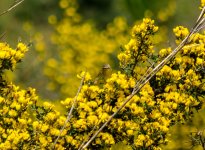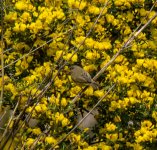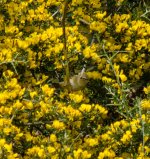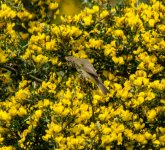D_Greenwell
Environmental Scientist and birder
Hello all
Looking for some help with the ID of a warbler seen on a recent (and fantastic) trip birdwatching in the Andalucia region. Specifically it was seen at the 'Observatorio Aves Algarrobo', just off the N-340 between El Palayo and Algeciras on Monday the 2nd April.
Any help would be much appreciated as we have a couple of thoughts but could do with some expert advice!
Apologise for the images, this was right at the limit of my lens
Thanks and happy birding!
Looking for some help with the ID of a warbler seen on a recent (and fantastic) trip birdwatching in the Andalucia region. Specifically it was seen at the 'Observatorio Aves Algarrobo', just off the N-340 between El Palayo and Algeciras on Monday the 2nd April.
Any help would be much appreciated as we have a couple of thoughts but could do with some expert advice!
Apologise for the images, this was right at the limit of my lens
Thanks and happy birding!
Attachments
Last edited:







